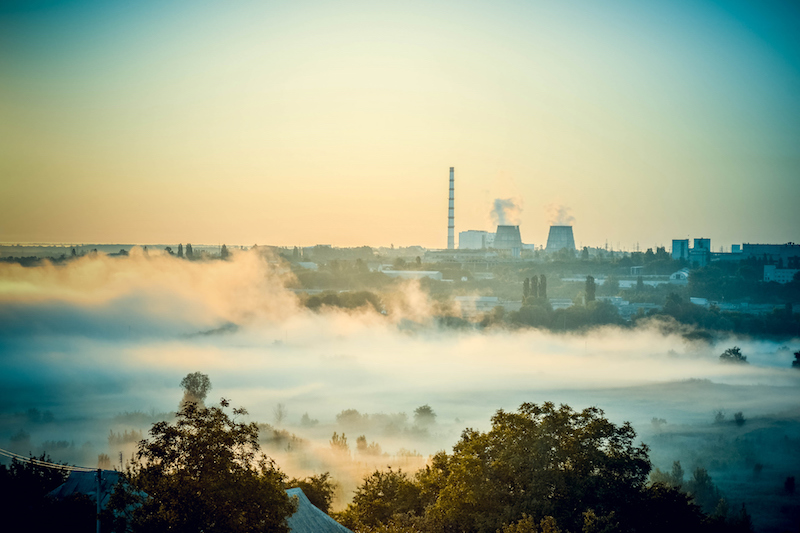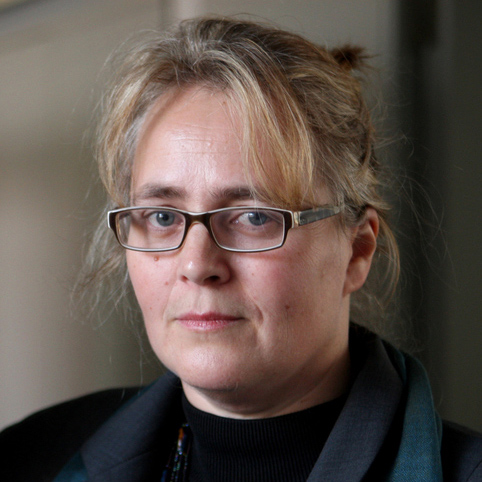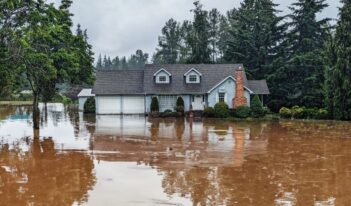
Environmental policymaking should focus on serving the underprivileged.
There is no such thing as free lunch in environmental policy. Somebody, somewhere has to pay for climate protection.
In their recent article, Inequality, Social Resilience, and the Green Economy, Sidney A. Shapiro and Robert R. M. Verchick remind us that we must examine the distribution of regulatory costs and benefits to assess the justice and equity implications of climate protection—and of climate neglect. Three facets of climate justice can offer additional emphasis to the issues that Shapiro and Verchick raise about distributional equity.
The first and the most salient facet pertains to the disproportionate impact of climate bads. A well-established field of research on environmental justice suggests that the underprivileged—especially people of color—are disproportionately exposed to pollution or environmental degradation or both. Although climate change, an example of environmental degradation, results from an overuse of global commons, its costs are asymmetrical across countries, regions, and communities.
Structural factors clearly contribute to the disproportionate exposure of the underprivileged to climate bads such as rising sea levels, higher frequency and intensity of extreme weather events, and new diseases. And at the same time, the underprivileged also have lower capacities to respond to these challenges. Governments can reduce climate vulnerability, but inequities are at play with their policy responses as well. Political and fiscal considerations lead governments to invest in climate adaptation to protect high-value areas populated by the rich and the powerful.
Agentic factors also work against the underprivileged. Although individuals can invest in climate resilience themselves, poor people often have inadequate information about climate risks, and they lack resources to invest in climate proofing. For example, if climate change causes a high number of extremely hot days during the summer, poor people may not have the resources to purchase fans or air conditioners.
The second facet of climate justice pertains to the ease with which citizens can benefit from environmental public goods provided by the government. Again, both structural and agentic factors are at work. Because accessing public goods often involves incurring a cost, those from rich households disproportionately access these amenities. Research on visits to national parks, for example, reveals that most visitors are predominantly middle-class whites.
Cities have a revenue incentive to provide public goods that favor richer neighborhoods. They tend to neglect the poorer neighborhoods in their distribution of climate proofing amenities, such as tree canopy cover that can provide some protection from heat waves and thus reduce household energy bills.
The pro-rich structural bias extends to federal policy. Moreover, about one-quarter of properties in coastal areas insured by the National Flood Insurance Program are vacation properties.
The third facet, perhaps the most controversial one, pertains to who bears the cost of environmental protection. Environmental policies often impose concentrated costs on specific sections of the population to produce environmental protection benefits for all. For example, researchers have documented how the creation of national parks, a public good, leads to the eviction of indigenous communities from their traditional homelands.
Climate change mitigation is a global public good. Yet the cost of providing climate mitigation is often concentrated on specific sectors and communities. For this reason, some organizations believe that the transition to a low-carbon economy will not necessarily be just. The backlash from some labor groups against climate policies could stem from perceptions of unjust burden imposed on specific industries for mitigating climate change.
Consider the Native American tribes, such as the Hopi Tribe and the Navajo Nation, that want to keep open the coal-fired Navajo Generating Station, slated to close in 2019, along with the Kayenta coal mine. These tribes face enormous economic hardship: The Navajo Nation’s poverty rate is about three and a half times the national average. These hardships will increase if climate policies lead to phasing out of coal. By some estimates, 90 percent of the Navajo Generating Station workforce belongs to the Navajo Nation. In the case of the Kayenta Mine, almost all of the employees are Native Americans. Phasing out coal will impose undue hardship on these severely disadvantaged communities.
To create an equitable environmental governance framework, the first step is recognizing that climate justice has multiple facets. Next, policymakers need to decide how to translate these equity concepts into concrete policies. In response to the first facet, the asymmetrical exposure to environmental bads, in 1992, President William Clinton issued Executive Order 12,898, asking each federal agency to incorporate environmental justice into their mission. These guidelines could inform the policy template for climate justice policies. Similarly, this template can also inform policies that speak to the second justice facet, asymmetries in the provision of public goods, such as climate proofing.
The third facet, whether and how to compensate actors for the harms they will suffer from the enactment of climate protection policies, poses more challenging questions. A serious compensatory program would require embedding environmentalism in social protection, a policy we term “embedded environmentalism.”
A variety of compensatory proposals have been put forward by different organizations. In its 2017 annual convention, the American Federation of Labor and Congress of Industrial Organization adopted Resolution 55, which, although it recognizes the threat posed by climate, makes the case for new investment in fossil-fuel-dependent communities as well as new ways to reskill the workforce.
The Appalachian Regional Commission’s Partnerships for Opportunity and Workforce and Economic Revitalization initiative is helping coal communities upgrade their infrastructure. It has funded several programs, including upgrading broadband services and developing industry clusters. Moreover, the U.S. Economic Development Administration has awarded federal grants under its Assistance to Coal Communities program.
Sometimes, firms themselves invest in such initiatives. Puget Sound Energy is setting aside $10 million to help Colstrip, Montana, and Rosebud County, two communities that will bear the economic costs of decommissioning the Colstrip power plant ahead of schedule.
All of these efforts—both by government and the private sector—show that climate justice must protect the interests of all, especially the underprivileged. Consistent with Shapiro and Verchick’s argument, this justice requires shielding underprivileged individuals and families from both the harms of climate change as well as from bearing an undue burden from policies required to mitigate it.
This essay is part of a six-part series, entitled Social Justice in a Green Economy.





